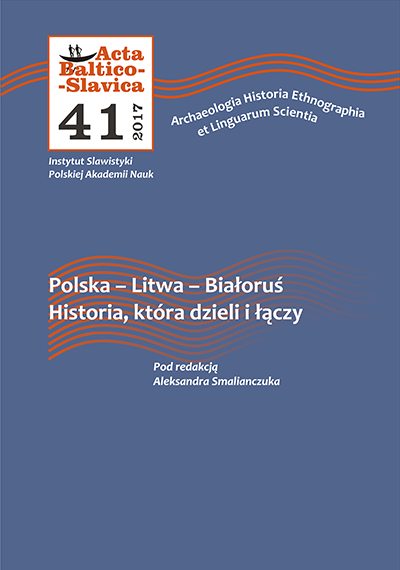Dynamika kształtowania się struktury narodowościowej Białorusi po II wojnie światowej
The dynamics of development of the ethnic structure of Belarus after World War II
Author(s): Eugeniusz MironowiczSubject(s): Culture and social structure , Demography and human biology, WW II and following years (1940 - 1949), Ethnic Minorities Studies
Published by: Instytut Slawistyki Polskiej Akademii Nauk
Keywords: Belarus; ethnic structure; demographic developments;
Summary/Abstract: During the Second World War, Belarus lost more than 1.5 million inhabitants. In 1944–1946, as part of the repatriation process, 226,000 Poles left for Poland. With the construction industry in Belarus, deploying units of the Red Army and the creation of the Soviet system of government, to Belarus poured in hundreds of thousands of Russians and dozens of thousands of Ukrainians. At the same time, the Soviet authorities pursue policies conducive to resettlement Belarusians to other republics, especially to Russia. Widespread census was held every 10 years since 1959. It shows a systematic process of strengthening the Russian factor in the ethnic structure of the Belarusian Soviet Socialist Republic. This was accompanied by assimilation in Russian culture of the Belarusian youth, expelling from the countryside to the cities. The creation of the independent Belarusian state after the collapse of the Soviet Union reversed these trends. The percentage of people declaring Russian nationality, but also Jewish, Ukrainian and Polish, began to rapidly decline in the ethnic structure. This was accompanied, however, by a stronger presence of the Russian language, both in the public and private life of people in Belarus.
Journal: Acta Baltico Slavica
- Issue Year: 2017
- Issue No: 41
- Page Range: 175-189
- Page Count: 15
- Language: Polish

